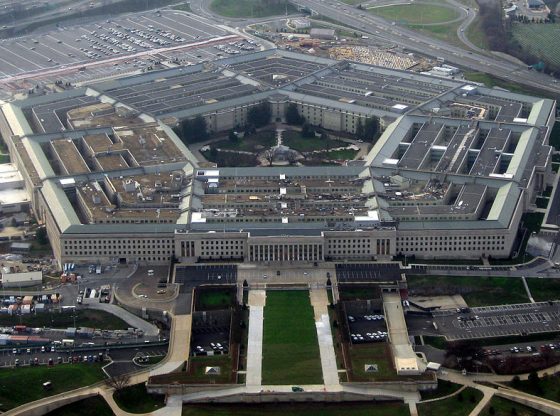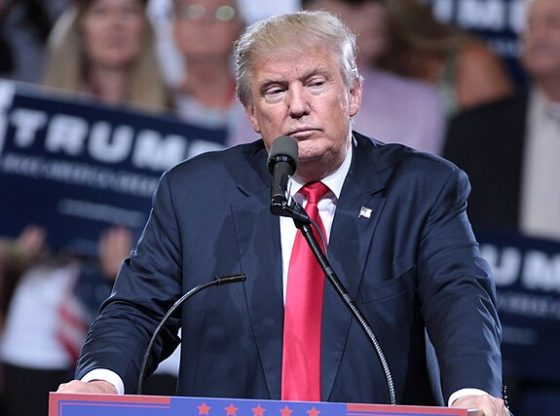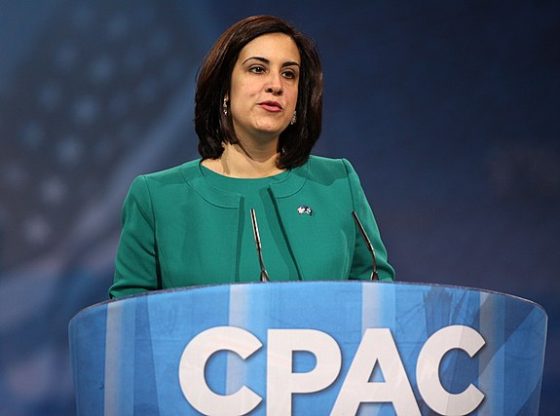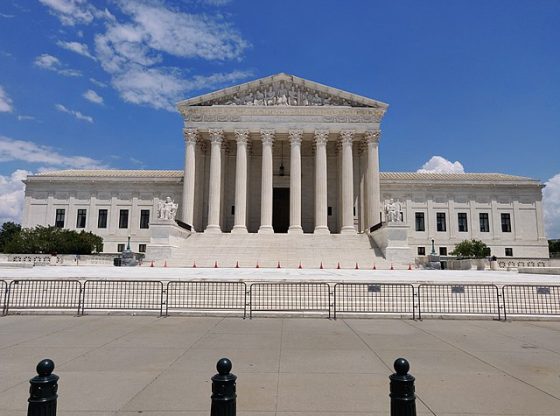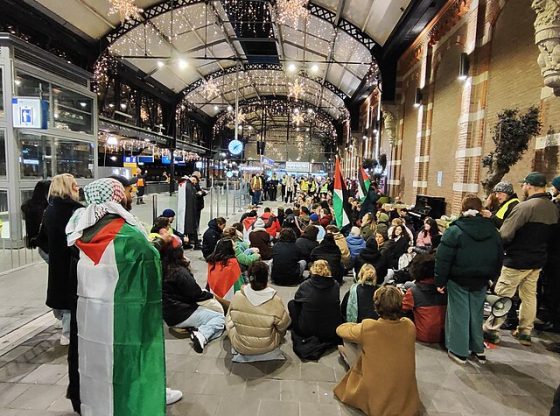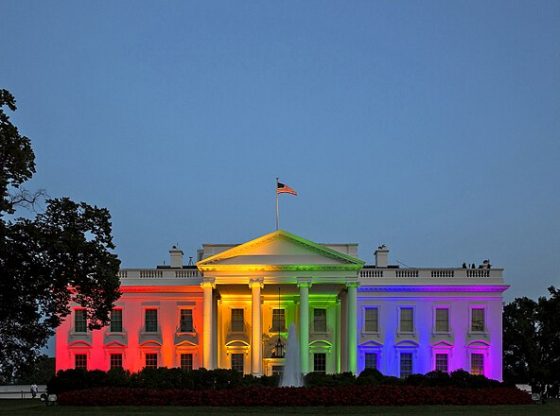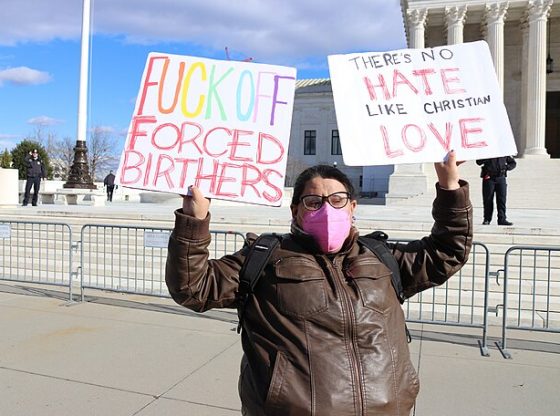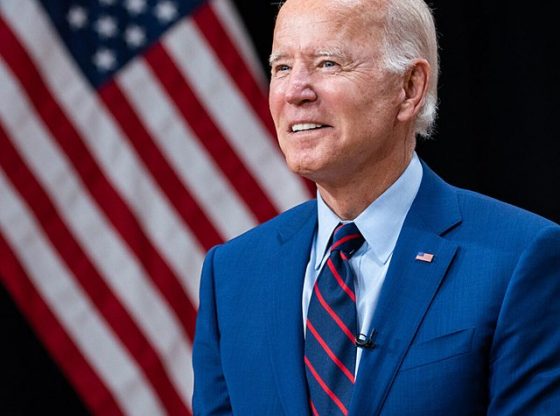A Marine at the center of a supplemental probe into the deadly suicide bombing during the 2021 U.S. military withdrawal from Afghanistan accused the Pentagon of concealing information showing it could have been prevented.
Former Sgt. Tyler Vargas-Andrews caused a stir after he testified in March 2023 that he had sights on an individual he and others on the ground believed to be the suicide bomber while in the guard tower next to Abbey Gate, but was denied permission to engage. After CENTCOM opened up a new probe into the incident to address his allegations and found nothing to corroborate them, the former sniper told the Daily Caller News Foundation he agreed the bomber suspect at the time was a “separate individual” from the man the Pentagon just identified as the perpetrator but stood by his testimony.
“That is the truth. For anyone to say that this wasn’t preventable when we had on the ground intel passed to us stating the threat, it’s bullshit. We were told that the bomber was headed to Abbey Gate in real time, we all knew that,” he told the DCNF.
“I believe that a lot has been covered up,” he added.
Vargas-Andrews lost two of his limbs in the bombing, which took the lives of 13 U.S. service members and killed and wounded dozens of Afghan civilians.
Marines stationed in and around the watchtower near Hamid Karzai International Airport’s Abbey Gate may have confused formal intelligence with “spot reports” made by service members in real time that had not been vetted, the secondary review found, according to The Washington Post.
“Over the past two years, some service members have claimed that they had the bomber in their sights, and they could have prevented the attack,” a U.S. official on the supplemental review team said on Friday, according to CNN. “But we now know that is not correct.”
While Vargas-Andrews disputed the finding, he did not dispute that the person Marines at the time believed to be the prime threat was not the eventual bomber, he told the Post.
The first investigation completed in November 2021 concluded a lone suicide bomber managed to bypass Taliban checkpoints but contained nothing to suggest the perpetrator had been identified or that a request to shoot traveled up the chain of command, interview logs show.
Investigators, “although as thorough as they could be,” told Vargas-Andrews and his team during the course of the secondary probe that photos of the bomber, which were taken while the sniper team was tracking threats, could not be retrieved from any facility in the Pentagon or a U.S. intelligence agency.
“They stated they combed through everything high and low,” he told the DCNF. “So what happened to those hundreds of photos, which are potential intelligence? That is a failure.”
Many photos Vargas-Andrews’ sniper team collected, and photos taken by other units, vanished during the course of the chaotic evacuation in August 2021, a person familiar with the investigation told the Post. Those included two individuals the snipers requested to shoot.
One individual nicknamed the “man in black,” due to his black headscarf and shaved head, was thought to be the suicide bomber, CNN reported.
Vargas told the DCNF the photo of the suspect referenced in the report came from a cell phone and was taken from the display on his team’s camera
CENTCOM’s secondary report identified the bomber as Abdul Rahman Al-Logari, an Islamic State (ISIS) operative whom the Taliban had recently released from prison, according to CNN. Cross-comparison of the figures in each photo — CENTCOM obtained al-Logari’s prison mugshot — “received the strongest negative possible rating” they depicted the same person, officials said.
Vargas-Andrews maintained he still had an opportunity to engage the bomber.
“I will stand by my testimony and what we experienced till the day I die,” Vargas-Andrews told the DCNF.
CENTCOM did not immediately respond to the DCNF’s request for comment.


